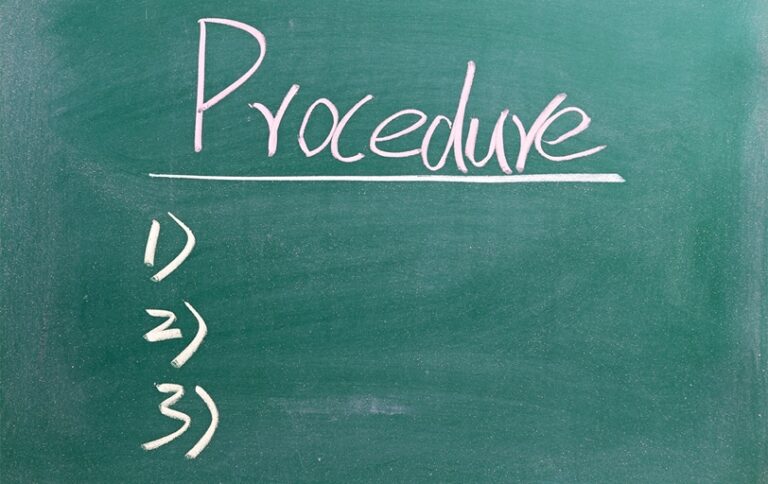While we want to nourish content knowledge in schools, we also want to provide deeper learning experiences that require learners to use their knowledge in combination with other skills and dispositions.
Skills including critical thinking, collaboration and self-direction, which we are increasingly seeing as critical for success in college, career and life. Rarely is there a time when someone is demonstrating a single discipline or piece of knowledge in isolation of others, though that is often how we test and check for understanding. That’s where competencies come in.
A standard can be most easily described as what a student knows – and a competency is what they do with what they know.
Competencies are applicable across multiple content areas and/or learning experiences, whereas standards tend to be about just one content area.
COMPETENCY
What you do with what you know.
STANDARD
What you know.
COMPETENCY
Application and transfer of knowledge, skills, or dispositions across disciplines; Aligned to standards.
STANDARD
Defines the content and skills of a single discipline
COMPETENCY
Learners can analyze, execute, evaluate, and adapt approaches and solutions when problem-solving in novel situations.
STANDARD
Learners will be able to apply concepts of probability to explain and predict the variation and distribution of expressed traits in a population.
Minnesota State Standards, Life Science
When looking at these examples, you can see how the science standard could be the content knowledge used as part of the application of the North Dakota competency. The content standard doesn’t go away; it becomes part of the learning that builds up to the competency and the opportunities for a learner to demonstrate what they know and are able to do – combining their different types of knowledge, skills they’ve practiced and dispositions they’re cultivating.








